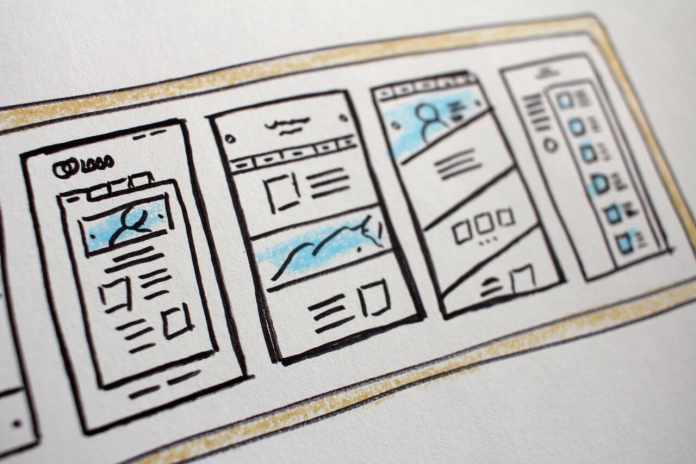You may have heard about gamification when it comes to education or video games. It’s essentially a way to engage the customer by turning a process into a game, in which skills and levels are achieved through scoring points and climbing leaderboards.
Improving your website design can be an effective way to decrease your bounce rate and improve the average time spent on-page. This is something that many site owners outsource to web app development in order to execute professionally. It’s easy to create a generic drag-and-drop website, but disproportionately more difficult to create a custom, unique website.
When it comes to gamifying your site, there are various different ways – and they do not have anything to do with gaming itself. Here are some examples to further explain how:
Content Summary
Quizzes
One example of gamification on a website that’s nothing to do with games is Buzzfeed. There are many quizzes, and whilst some may only be an algorithm to tell you which Friends character you would be, others may actually score you on how well you can answer questions. This is a little side activity for users to try, but it can be highly versatile in applying to your own site. Have a football news website? Why not a quiz on historical FA Cup winners. Sell electronics? Why not a quiz on video game characters.
Karma Points
So, the idea of Reddit’s karma is a good example gamifying the simple activity of comments. For those that do not know, when publishing a comment in a thread, it can be either upvoted or downvoted, creating an aggregate score. Every comment made put together for a given user produces a total karma score.
This is a useful way to gamify the comment sections on your website and improve user engagement. It can subtly increase the effort users put into their comments too, which could improve the quality, as well as being self-policing (a comment below a certain score is hidden).
It doesn’t just have to be comment points though. Perhaps for every article they share or every time they view a page, they’re awarded loyalty points. There are a variety of ways to introduce point-scoring, and possibly leaderboards, into your site.
Finding Easter Eggs
Another way to introduce gamification is through the design of hiding objects. Now, this isn’t a way to frustrate users by hiding your main menu screen, but you can scatter easter eggs around your site. Or, you could opt for an immersive experience that is heavy on graphics, making it interactive and even challenging to progress through the site.
One example is Zurb, which places cows randomly now and then on a web page. If you find and click on them, the site will track how many cows you have found over time. Random, sure, but methods like this can make certain users come back, whilst other users may simply ignore it.
But ultimately, if there are cows crawling over every inch of the on-page real estate, then you’re going to have a problem. Likewise, if you place too much importance on comment karma or force users to take quizzes, you will annoy users and produce the opposite effect – people bouncing from the site fast. Striking the right balance can be tricky, but this is why measuring your site analytics is so important.









